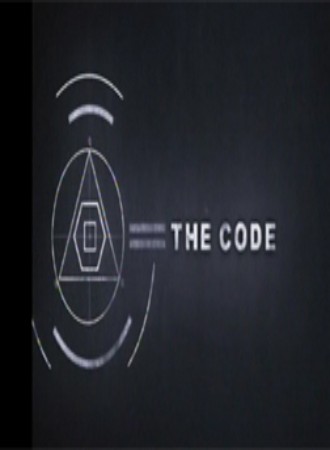
The Math Code: Numbers, Shapes, Prediction 2012
Distributed by Films Media Group, 132 West 31st St., 17th Floor, New York, NY 10001; 800-257-5126
Produced by the Open University (U.K.) and the BBC
Directed by Michael Lachman
DVD , color, 3 discs, approx. 58 min. each
Sr. High - General Adult
Mathematics
Date Entered: 06/05/2013
Reviewed by Jim Hobbs, Online Service Coordinator, Monroe Library, Loyola University, New Orleans, LAThese three entertaining films will spark the viewer’s interest in mathematics. There are grand and gorgeous settings in the UK, Europe and the US, indoors and out, a charming British mathematician, and an engaging sound track; all work together to inspire and draw in the viewer. The presenter is Prof. Marcus du Sautoy, the Simonyi Professor for the Public Understanding of Science, a Professor of Mathematics at the University of Oxford, and author of four popular books on mathematics. There are explorations, demonstrations and short talks with scientists and non-scientists. High school mathematics and vocabulary are all that is needed to understand these three films. The main point of all three films is that mathematics provides a useful and accurate description of the world around us. Du Sautoy says: “Numbers underpin everything.” Examples are shown and explained, following one after another through each episode.
The first film, Numbers begins with the importance of prime numbers as shown in the life cycles of cicadas, which appear at prime number intervals of years. This is followed by a demonstration of sound, music, and noise. Harmonious sounds turn out to have the same ratios as harmonious architecture, as shown in a medieval cathedral. There’s one remarkable sequence with pi showing up in estimates of a fisherman’s catch. Negative numbers lead to the concept of imaginary numbers and its real-world use tracking moving aircraft with radar. The shell of the nautilus provides an example for spirals and animal growth.
The second film is Shapes. Du Sautoy starts in Ireland, walking on the stone hexagons of the Giant’s Causeway, going on to bee hives, soap bubbles and a Munich soccer stadium to cover the effective use of materials and symmetry. The second half is about disordered systems. We see Jackson Pollock painting and a clever simulation of his technique. Even apparently chaotic shapes can often be generated from simple rules.
The final film is entitled Prediction. The age-old urge to know what’s ahead leads to pattern analysis to find out the future states of many things, from lunar eclipses to the rock-paper-scissors game to the distribution of crime victims. In a death-defying demonstration, du Sautoy puts himself in front of a 30 kg metal ball falling down a ramp on a beach. Lots of calculations tell him where to sit to avoid being crushed, though he does lift his feet unnecessarily. Analyzing the patterns in seemingly random events leads to simple rules governing an event’s behavior in chaos theory. “Everything has mathematics at its heart.” Lemming suicide is debunked by population biology, and Google predicts flu outbreaks based on its big data on searches from millions of users. The viewer won’t go away with any new skills but an appreciation for the widely varying uses and importance of mathematics in the modern world.